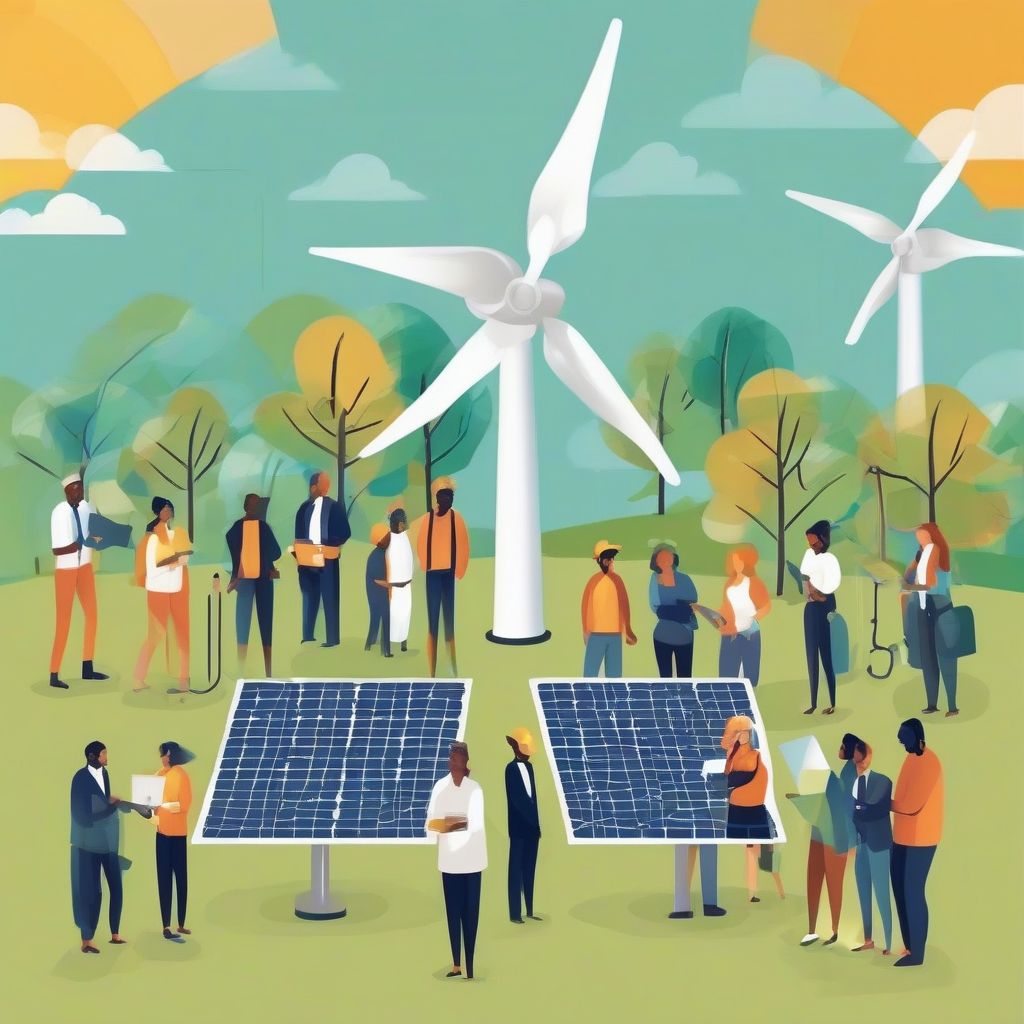Imagine a world where international collaboration fuels a clean energy revolution, where diplomacy tackles climate change as effectively as it addresses global conflicts. This isn’t a utopian dream, but a potential future shaped by the evolving landscape of climate diplomacy and energy cooperation. The choices we make today will determine whether this vision becomes reality.
The Urgency of Climate Action and the Role of Diplomacy
The scientific consensus is clear: climate change is a real and present danger, demanding immediate action. Extreme weather events, rising sea levels, and disruptions to ecosystems are no longer distant threats but tangible realities impacting communities worldwide. Addressing this crisis requires a global effort, and that’s where climate diplomacy comes in. It’s the art of negotiating agreements, fostering partnerships, and building consensus among nations to mitigate climate change and adapt to its unavoidable impacts.
 International Energy Cooperation
International Energy Cooperation
The Evolution of Climate Diplomacy
Climate diplomacy isn’t new. The 1992 United Nations Framework Convention on Climate Change (UNFCCC) laid the groundwork for international cooperation. The Kyoto Protocol and the Paris Agreement followed, marking significant milestones in setting emission reduction targets and promoting sustainable development. However, progress has been uneven, hampered by differing national interests, economic considerations, and political hurdles.
Energy Cooperation: A Key Piece of the Puzzle
Energy lies at the heart of both the climate challenge and its solution. Transitioning from fossil fuels to renewable energy sources is crucial for decarbonizing our economies and limiting global warming. This requires international energy cooperation on multiple fronts, including:
- Technology transfer and innovation: Sharing knowledge and expertise to accelerate the development and deployment of clean energy technologies.
- Investment in renewable energy infrastructure: Mobilizing public and private finance to support the construction of solar farms, wind turbines, and other renewable energy projects.
- Cross-border energy trade: Creating interconnected energy grids that facilitate the exchange of renewable energy across regions.



